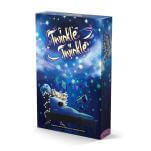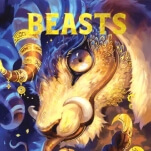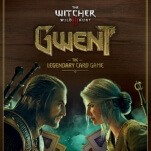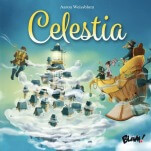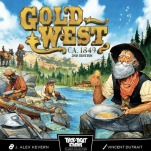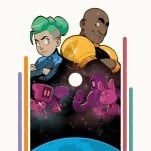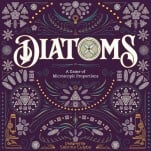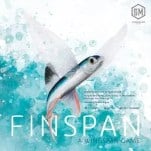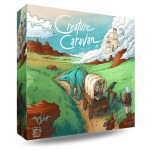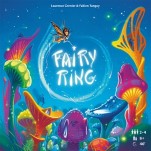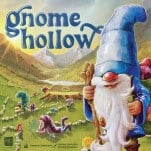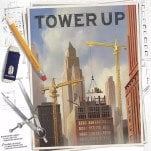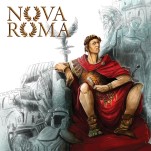Aim for the Stars with the Fine Family Board Game Twinkle Twinkle
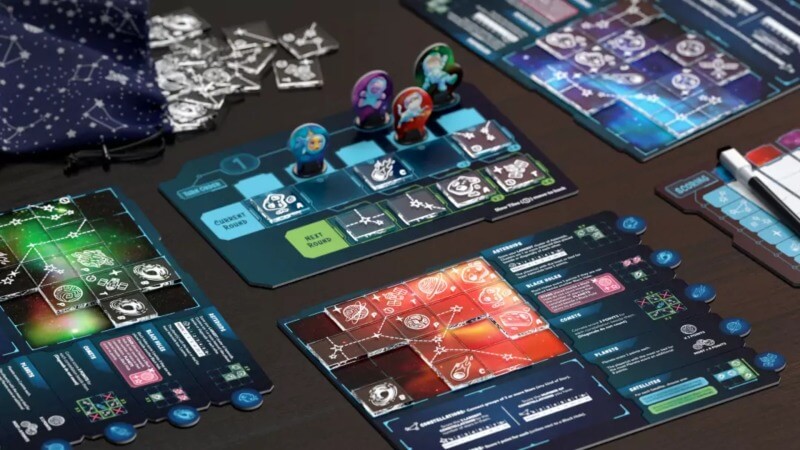
Twinkle Twinkle turns the fight for turn order into a cute game about building the perfect night sky, bringing a host of familiar mechanics together into a quick-playing game that’s boosted by the clear acrylic tiles players will place on their boards. Everything here has shown up before in other games, but when you get down to the heart of the (dark) matter, it’s fun, fast, and good for family play.
This is the second game from designer Ammon Anderson, who had a hit last year with Gnome Hollow. Players will take turns drawing 20 tiles from the market to fill out their 5×4 player boards, building constellations and asteroid belts while also placing comets, satellites, planets, and even black holes, with each object type scoring in a different way.
The game mitigates the point salad-y way in which different tiles/objects score by tying several of them together, and by giving you tremendous flexibility in how you score those objects. Constellations, which are tiles with stars connected by dashed lines, score the same way in every game: you score based on the sizes of your two largest constellations, and then you score for the number of constellations (minimum of two stars) you have. The base game has five scoring tiles for the other objects, each with an A (easy) and B (hard) side for scoring; the A scoring doesn’t deduct points anywhere, even for putting other celestial objects next to black holes, which may not exactly be scientifically accurate. The rules specify that you should choose the A sides or the B sides, but I don’t see why you couldn’t mix and match among them.
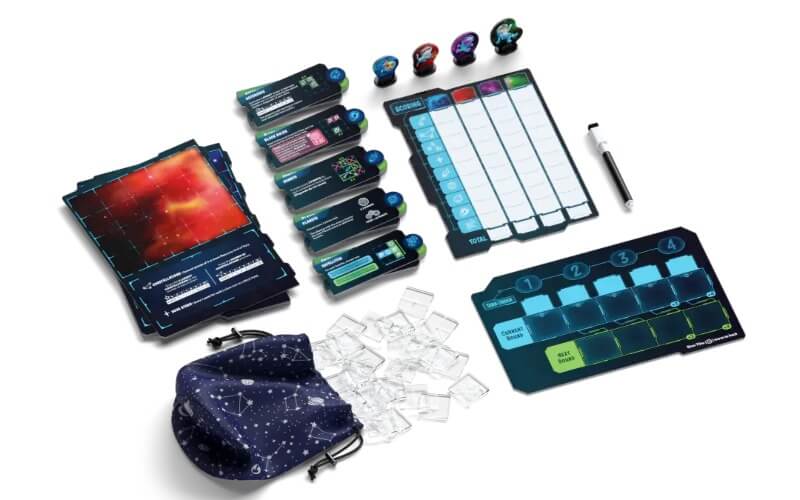
-

-

-

-

-

-

-

-

-

-

-

-

-

-

-

-

-

-

-

-

-

-

-

-

